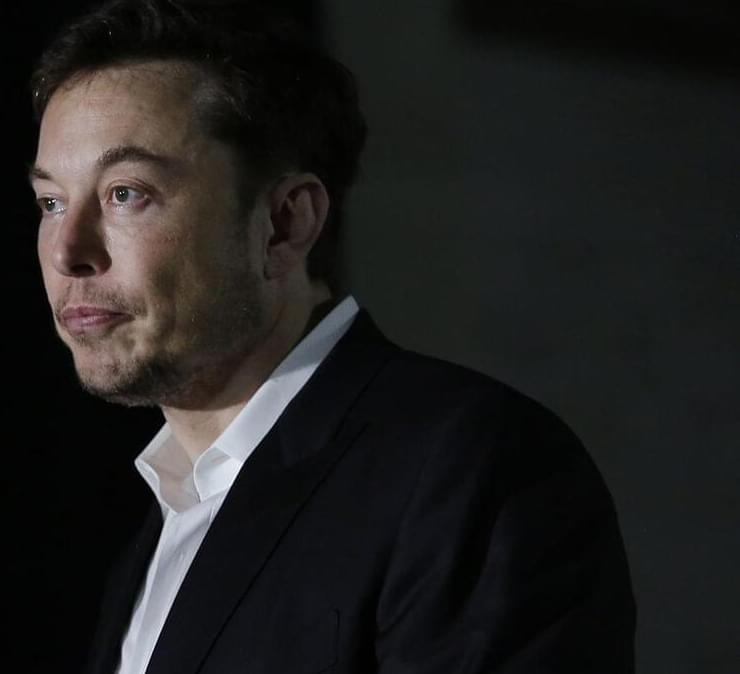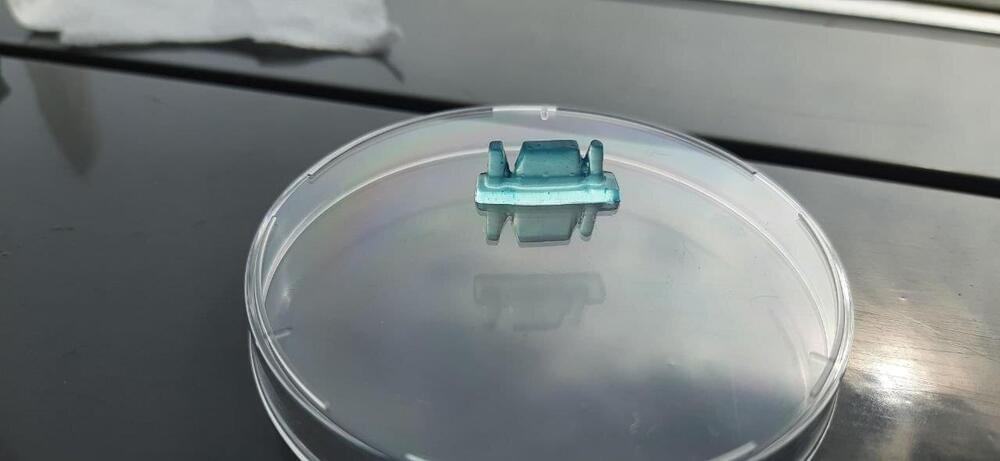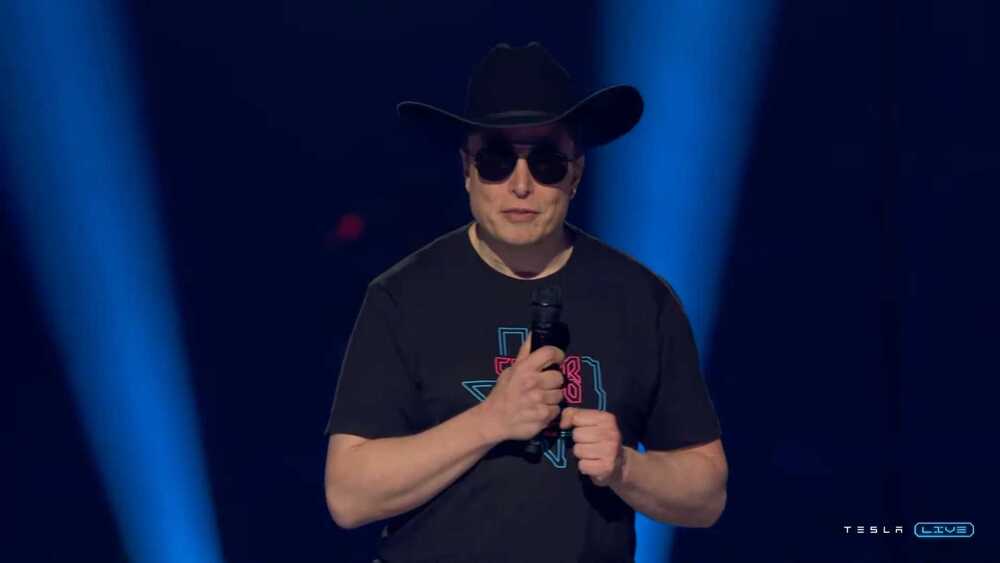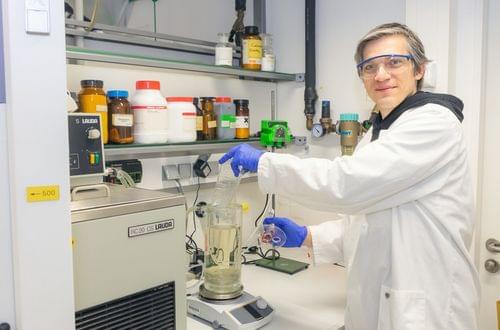Category: sustainability – Page 340

The Hydrogen Stream: Hydrogen system for marine vessels
Duisburg, a massive inland port in Germany, is building a new container terminal on a former coal island. The port will reportedly become climate neutral via a hydrogen-based supply network that is set for operation by 2023. “Our mtu fuel cell solutions for electrical peak load coverage as well as mtu hydrogen heat and power generation station will supply the future terminal with electrical energy and heat in a sustainable way,” said Rolls-Royce Power Systems. The hydrogen-powered mtu fuel cell solutions will supply electrical power as soon as the public grid reaches its limits, while waste heat will partly be used to heat buildings around the port.
CWP has signed a framework agreement with the government of Mauritania to develop a planned 30 GW green hydrogen project. The $40 billion AMAN project will include 18 GW of wind capacity and 12 GW of solar. It will generate approximately 110 TWh per year at full capacity.

Study finds groundwater depletion causes California farmland to sink, suggests countermeasures
The floor of California’s arid Central Valley is sinking as groundwater pumping for agriculture and drinking water depletes aquifers. A new remote sensing study from Stanford University shows land sinking—or subsidence—will likely continue for decades to centuries if underground water levels merely stop declining. To stop the sinking, water levels will need to rise.
“If you don’t get these water levels to come back up, then the land is going to sink, potentially tens of centimeters per year, for decades. But if they go up, you can get rewarded very quickly. You almost immediately improve the situation,” said Matthew Lees, a geophysics Ph.D. student and lead author of the study, which appears June 2 in Water Resources Research.
The research comes amid worsening drought in a state where climate change is tipping the odds toward hot conditions with more precipitation extremes. The first four months of 2022 marked California’s driest start to a year since 1895. Reservoir levels are so low that, for a second year in a row, many irrigation districts are poised to receive none of their usual allocations of water from the Central Valley Project, the federally managed network of reservoirs and canals that conveys water to some 3 million acres of farmland.

Breakthrough artificial photosynthesis comes closer
Imagine we could do what green plants can do: photosynthesis. Then we could satisfy our enormous energy needs with deep-green hydrogen and climate-neutral biodiesel. Scientists have been working on this for decades. Chemist Chengyu Liu will receive his doctorate on 8 June for yet another step that brings artificial photosynthesis closer. He expects it to be commonplace in fifty years.
In fact, we can already achieve photosynthesis as green plants can. Solar energy converts CO2 and water into oxygen and chemical compounds that we can use as fuel. Hydrogen for example, but also carbon compounds like those found in petrol. But the costs are higher than the value of the fuel it yields. If that changes, and we can scale up this artificial photosynthesis gigantically, then all our energy problems will be solved. Then CO2 emissions from energy production will become negative.

Chief Marketing Officer
DeLorean released images and information on its upcoming 2024 electric car.
DeLorean is unapologetically human. A New Energy mobility brand.
We have a clear vision of our future, knowing it does not represent today. The DMC-12 was never meant to be a static interpretation of the brand, the brand would constantly evolve. Our icons are reimagined. DMC is and always was in constant evolution. An Icon is validated over time but to constantly reimagine mobility allows new icons to come into existence.
DeLorean is a legacy mobility company focused on redefining human connections through creative technologies.

Oceanix Busan in South Korea Could Be The World’s First Floating City
A Korean company hopes to build a floating city Oceanix Busan. Seasteading is seen as a means to address climate-change-induced sea-level rise, as well as a sociology experiment.
But libertarian ideas are not the sole reasoning behind seasteading and floating cities. A prototype floating community is planned on the water next to Busan, South Korea. For the company that is creating it, Oceanix, it is about addressing the coastal community climate challenge of rising sea levels. Rather than building dikes and sea walls to hold back the ocean, Oceanix is offering a city that floats. So instead of increased sunshine day flooding along the US eastern seaboard that inundates Miami, Fort Lauderdale, Charleston, Norfolk, Hampton Roads and other Chesapeake Bay communities quite regularly these days, there would be cities that ride the surface of the ocean rather than be flooded by it.
It’s not like people haven’t been living in floating accommodation for decades. Houseboat communities here in Toronto have been around for a number of years. I visited one of these homes a few years ago and was surprised to see the quality of accommodation and the lifestyle it supported. Today, there are people living permanently on cruise ships that travel the globe. And in The Netherlands, boats and retired ships moored along its many canals have been turned into permanent homes often featured in HGTV’s House Hunters International. But it is in low-lying coastal areas like Bangladesh, The Maldives, and many Pacific island nations where the floating city is seen as a climate change solution for encroaching seas.
Itai Madamombe, of Oceanix, told The Economist recently that the prototype for the community to be built off Busan will cost an estimated $200 million US. Initially housing up to 500, the plan is to grow to a community of 10,000. Oceanix Busan plans to be self-sustaining producing net-zero energy from solar, wind, and the motion of the sea. It will rely on harvested freshwater from a variety of sources. All waste will be fully recycled or reused using closed-loop processes. The community will grow its own food using vertical permaculture soil-less farms.


New natural hydrogel inks for digital light processing 3D printing
Researchers at Politecnico di Torino, BRIN in Indonesia, the Italian Institute of Technology (IIT) and University of Cagliari have recently introduced new composite hydrogel inks based on natural and environment friendly materials, which could be used to 3D print objects. These hydrogels, presented in a paper published in Sustainable Materials and Technologies, are based on acrylated-carboxymethyl cellulose (mCMC).
“We have been working on the development of new printable materials and functional devices since 2015, so in these years different areas were explored, resulting in many publications in the field of 3D printing,” Ignazio Roppolo, one of the researchers who carried out the study, told TechXplore.
The first objective of the work by Roppolo and his colleagues was to develop polymeric hydrogels for 3D printing that are based on natural resources, to increase sustainability and reduce the use of standard synthetic resins. In recent years, the team has been collaborating with Dr. Athanasia Amanda Septevani, a researcher at BRIN’s Research Center for Environment and Clean Technology in Indonesia.

Elon Musk Says His “Questions Philosophy” Has Helped Him Succeed
Musk’s focus on asking and answering the right questions has played a major role in the Tesla CEO’s success, as recently reported by Inc.com. With the billionaire’s net worth floating around $200 billion, even critics have to admit that a few different factors put Musk in that position, and his business savvy is definitely one of them.
Beyond being a founder of both Tesla and SpaceX, Musk’s brands have increased mainstream awareness of both EVs, a necessary step forward for the climate, and for space exploration, a huge and growing industry, for lack of a better description.
But asking the right questions is central to Musk’s ethos as a CEO, and he’s revealed this time and time again. Musk’s leadership style has discouraged the chain of command mentality in favor of the free flow of information, and he has used this to encourage anyone to search for the right questions at the right times — a strategy crucial to Musk’s approach.

Newly discovered enzyme breaks down PET plastic in record time
Plastic bottles, punnets, wrap – such lightweight packaging made of PET plastic becomes a problem if it is not recycled. Scientists at Leipzig University have now discovered a highly efficient enzyme that degrades PET in record time. The enzyme PHL7, which the researchers found in a compost heap in Leipzig, could make biological PET recycling possible much faster than previously thought. The findings have now been published in the scientific journal “ChemSusChem” and selected as the cover topic.
One way in which enzymes are used in nature is by bacteria to decompose plant parts. It has been known for some time that some enzymes, so-called polyester-cleaving hydrolases, can also degrade PET. For example, the enzyme LCC, which was discovered in Japan in 2012, is considered to be a particularly effective “plastic eater”. The team led by Dr Christian Sonnendecker, an early career researcher from Leipzig University, is searching for previously undiscovered examples of these biological helpers as part of the EU-funded projects MIPLACE and ENZYCLE. They found what they were looking for in the Südfriedhof, a cemetery in Leipzig: in a sample from a compost heap, the researchers came across the blueprint of an enzyme that decomposed PET at record speed in the laboratory.
The researchers from the Institute of Analytical Chemistry found and studied seven different enzymes. The seventh candidate, called PHL7, achieved results in the lab that were significantly above average. In the experiments, the researchers added PET to containers with an aqueous solution containing either PHL7 or LCC, the previous leader in PET decomposition. Then they measured the amount of plastic that was degraded in a given period of time and compared the values with each other.